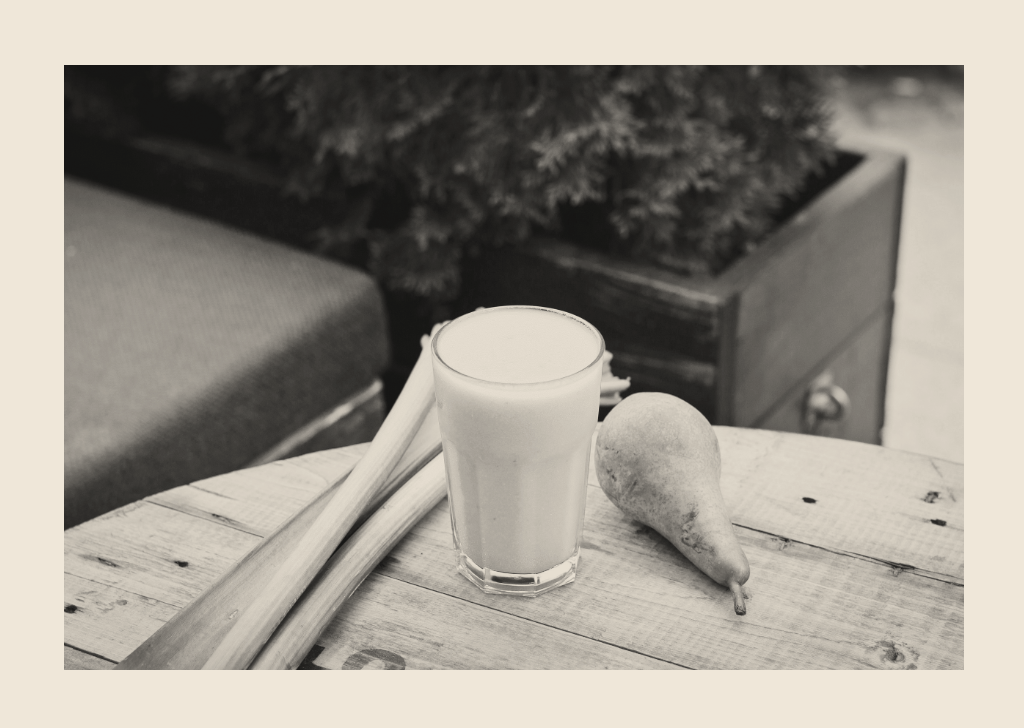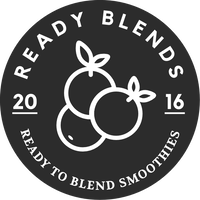Juicing VS. Smoothies- which is better for you?

It’s the eternal debate - how should we ingest the required daily goodness of fruits and vegetables in a way that minimises sugar and allows for the best absorption of nutrients?
With all the multitude of hybrid beverages now available, there’s even a bit of confusion of what drink constitutes what.
Juice is traditionally comprised of either fruit or vegetable, or a mixture of both. To ‘juice’ a fruit, you either squeeze it by hand, or use a more common method (ie. a mechanical juicer) to separate the liquid from the fruit or vegetable by grinding or crushing.
Traditional juicers crush fruits and vegetables very quickly via a high-speed motor, rendering them to a pulp. Cold-press juicers, (which are the newer form of juicing machine) don’t emit heat, therefore nutrients remain as they don’t break down during the crushing process.
But wait…
However it is important to note that the vital antioxidants found in plant fibres tend to disappear the second you pop the fruit in the machine. It has even been reported that depending on what juicer you use, you can lose up to 90% of insoluble fibre!
Fruit juice is a great source of flavour, but unfortunately can hold a lot of sugar in the form of either natural sugar (fructose) or added sugar. Unless it’s a juice which is low in fructose (say a vegetable juice, like tomato juice) drinking it daily is probably only going to add to your waistline.
What’s the best option within this category?
Vegetable juices are a much healthier option, however they are a lot harder to guzzle down. It’s like doing a wheatgrass shot - they’re good for you, but not much fun!
If you're going to do juice, cold-pressing or hand-squeezing would be the best option.
Smoothies
Like juice, smoothies can be made from both fruit and vegetables, however they are blended and mixed with ingredients such as ice, dairy, water or sweeteners.
A smoothie is a a drink which typically has a very thick consistency, because it uses the entire fruit instead of just the juice (apart from the skin and seeds of some fruits). This means that fibre is typically retained and nutrients better absorbed.
Unhealthy vs. Healthy
Smoothies can be both healthy and unhealthy, depending on what ingredients you add.
An example of an unhealthy smoothie would be one which is laden with sweeteners such as whipped cream, regular milk (store-bought, no matter the fat content) and chocolate syrup.
However ‘healthy’ smoothies containing raw nuts, seeds, spices and super foods (such as cacao, spirulina, goji berries etc) are consumed by many health nuts as a source of protein and vitamins - plus they taste great too!
What’s the verdict?
Smoothies are healthier for you because they contain the enzymes, minerals and vitamins our body needs to function properly, in the form of whole, raw fruits and vegetables.
So, we know which way we’d rather go. How about you?
